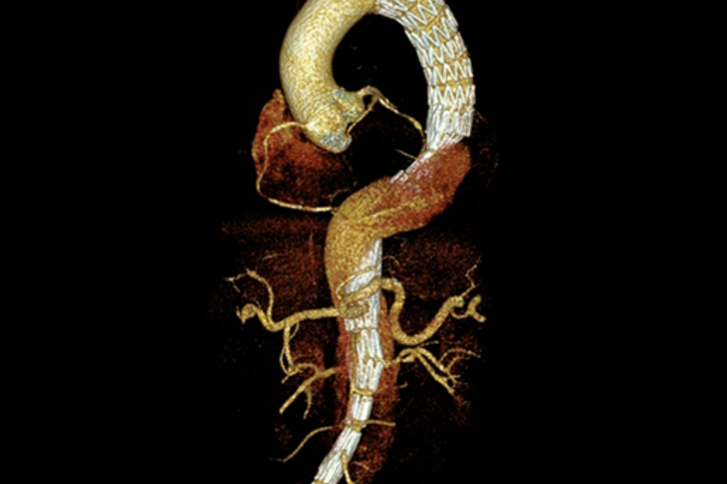On the day of your admission to a general ward, you will be questioned in detail, your paperwork will be examined, and any outstanding tests will be conducted, e.g. blood tests, computed tomography (CT), X-rays or ultrasound examinations. Once all of your paperwork and tests are complete, you will discuss the operation you require with the surgeon and the anesthetist. The operation will take place the next day under general anesthesia. The aorta is typically accessed by opening the breastbone. You will then be connected to the heart-lung machine, and your heart stopped. The heart-lung machine distributes blood around your body while the aorta is being replaced. Then the damaged aorta is removed and a vascular graft sutured into place. The heart-lung machine is then disconnected and the breastbone and skin carefully closed. When the anesthetic wears off, you will wake up in the intensive care ward. For the next 24 hours you will be monitored either in intensive care or in our intermediate care ward, before being transferred to the general ward. You will normally spend between seven and ten days in hospital.
